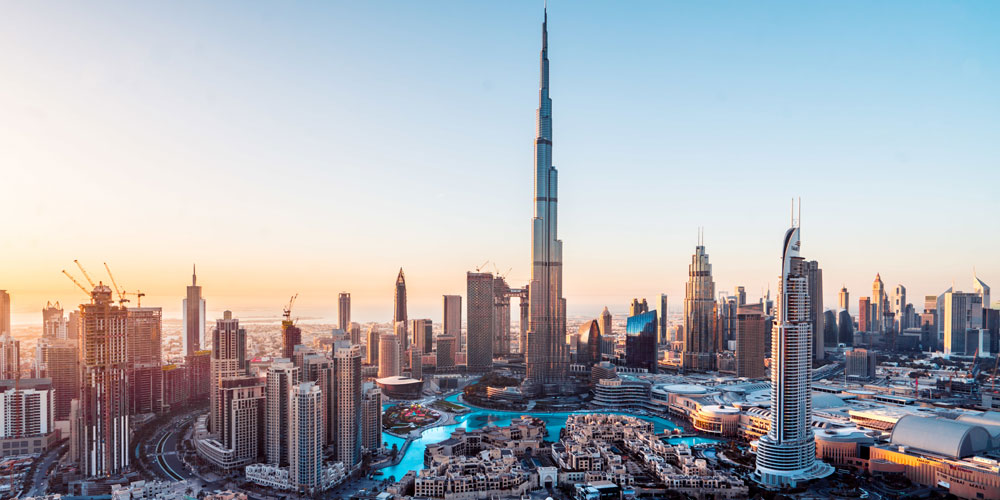Dubai’s Infrastructure Dilemma
Research shows a low level of occupancy despite the boom in Dubai’s construction industry in recent years. Dubai’s central belief – ‘Build it and they will come’ – has served well in the past but the rate of occupancy and the economy in general has spiraled downwards through the years to the point where, the city has thought of knocking down a few buildings intended for office use. Studies show that the best prospects for reducing building vacancy can only be realized through initiatives to limit future supply, and encourage conversion of under-utilized buildings to non-office buildings or even demolition as a last resort. It can be inferred that the area’s economic crisis led to a landscape of half-finished skyscrapers, empty artificial islands and lower property prices. There was a 140% rise in the number of properties built in late 2000’s but the occupancy rates achieved were as low as 70%. Despite new tenants moving in, the rate at which properties were built led to vacancy rates jump from 38% to a whopping 50% outside the central business district. Studies show that other major developing cities experienced similar problems; as a solution, they put their old, decrepit buildings to other uses or knocked them down. In Dubai’s case, the equivalent is to get rid of, or defer ongoing construction initiatives. The significant cost incurred (power, water, maintenance) has made it difficult to maintain these buildings from rents alone and subsequently, suspension of these projects seems to be the only viable solution.
There are economic, social and environmental concerns arising due to this decision. Demolition of a bunch of buildings in the central business district of Dubai will contribute to air and noise pollution and disturbances due to noise, vibration, dust and smoke arising from demolition. Dust particles are created in a wide range of sizes. Larger, heavier particles tend to settle down on other occupied properties and become an irritant; while smaller, lighter solids may hang indefinitely. Dust inhaled by workers or residents of the surrounding community will create or exacerbate conditions such as asthma and allergies. Public health and safety is an important point of concern during this process.
In addition to pollution concerns, huge amounts of material will be wasted. Demolition debris consists of insulation, electrical wiring, rebar, wood, concrete, bricks and glass to name a few materials. The debris may contain hazardous materials such as lead and asbestos and can cause serious health concerns once broken down in landfill conditions. If such debris comes in contact with nearby water bodies, they can even damage the ground water quality and cause significant ecological damage.
Another disadvantage with debris handling is the increased use of transportation required to move the debris to landfills, incinerators or recycling facilities. This will lead to greater use of gas and incineration of materials will contribute to greenhouse gas emissions. This activity may even impact the area’s micro-climate in an adverse manner.
Dust storms are a cause of concern for Dubai and human activities are partly responsible for it. Dust storms are caused by strong winds blowing over loose soil or sand, and picking up so much of material that visibility is greatly reduced. The loose sand and dust generated from demolition of buildings might contribute to one and cause public inconvenience/health issues.
Amidst all the above concerns, one positive that can be realized is the re-use and recycling of some of the materials retrieved from debris after appropriate handling, testing and approval. This may drive down demand for virgin materials and have a positive financial impact on the project as well. Another positive aspect from the economic and social perspective in the creation of jobs needed to handle and dispose the debris in a timely manner.







